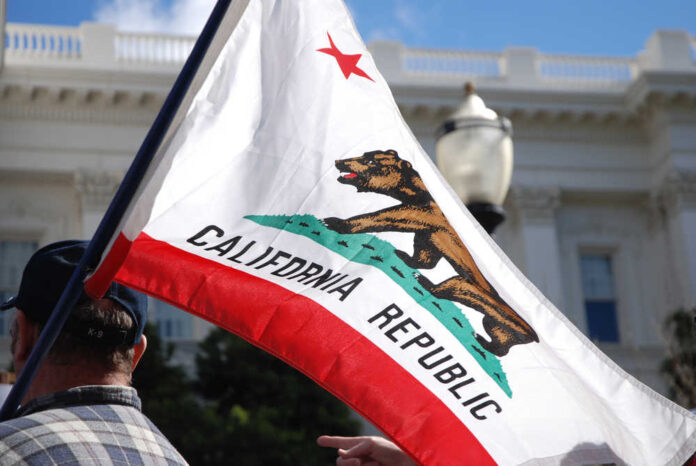
Historic drought conditions for California residents have eased as soaking rainfalls and heavy snows replenished the state’s reservoirs and snowpacks.
Several factors intensified the state’s troubled water situation, including prolonged droughts and increasing demand fueled by continued development. Some of the issues, at least for now, appear to be over.
The most recent figures from California’s official state website show that 97% of its reservoirs are at normal levels for this time of year. This followed the summer of 2022 that saw water sink to dangerously low levels for the nation’s most populous state.
But almost a month of virtually continuous storms have elevated California’s essential snowpack in the Sierra Nevada Mountains. Snowpack levels are currently running 126% above average and are at their highest in four decades.
What a difference. Last week, "extreme drought" covered 27% of California. Now, that category has almost disappeared. Areas in "severe drought" are down from 71% to 46%. The map shows 95% of the state still in drought, but the storms are making a big dent. And more on the way. pic.twitter.com/gifjLC1FVg
— Ian James (@ByIanJames) January 12, 2023
Snowpacks in the northern parts of the state are critical for the area’s water supply. The state average for snow water equivalents has now reached 240% of normal averages for late January.
All of this is the result of one of the wettest West Coast winters on record. Some areas recorded almost four feet of rainfall in under a month, and higher elevations enjoyed from 15 to 20 feet of fresh snow.
The area sustained waterfall from intense moisture conveyor belts parading over the Pacific Ocean called atmospheric rivers, which is great news for state residents.
California relies heavily on reservoirs and snowpacks to provide a steady water supply for its parched population. This dependency is reflected in the price of water trading, which reached a record $1,282 per acre-foot last September.
The current Nasdaq Veles California Water Index is now trading at $1,020, a full 20% down from last year’s record.
Andrew Schwartz, lead scientist at the University of California, Berkeley Central Sierra Snow Lab, told CNN that the immense volume of rain and snowfall have been “very exciting.” Schwartz added that he is “cautiously optimistic” for the coming summer in the state.
However, he said that California will “likely need multiple above-average seasons of precipitation” before declarations of the drought’s end can realistically be made. Schwartz noted that too many dry years have been experienced for one storm or wet season to end the parched period.



























